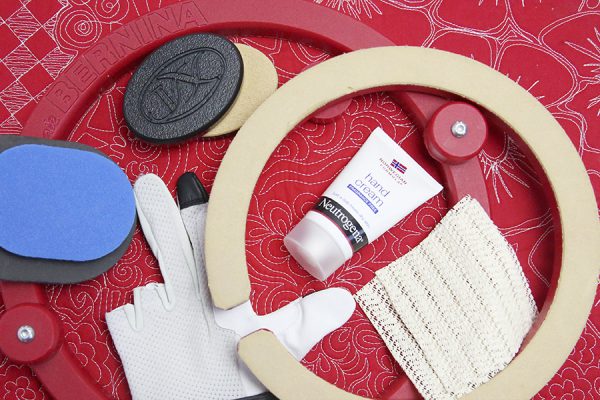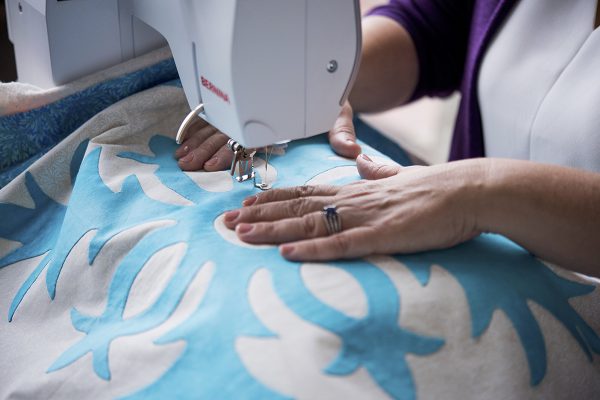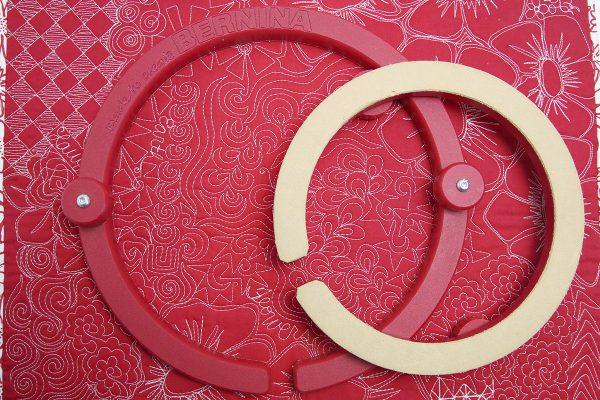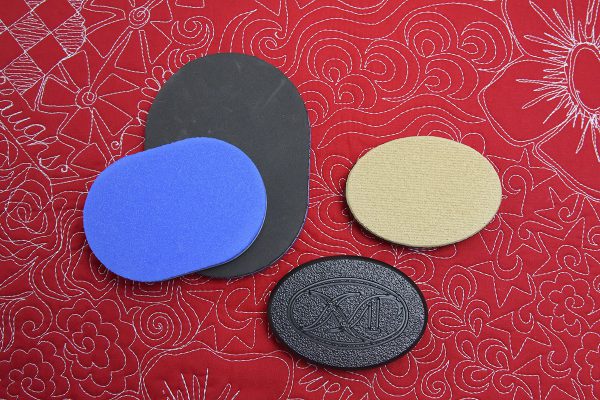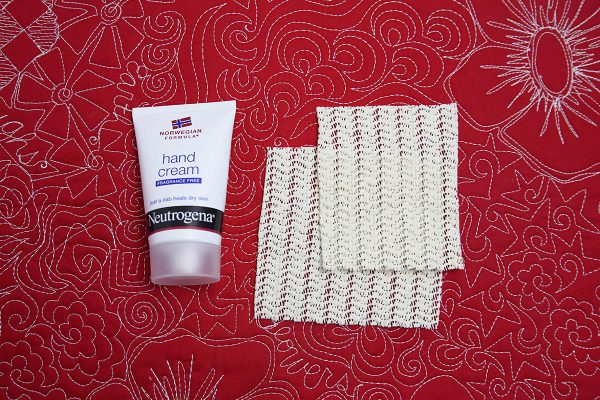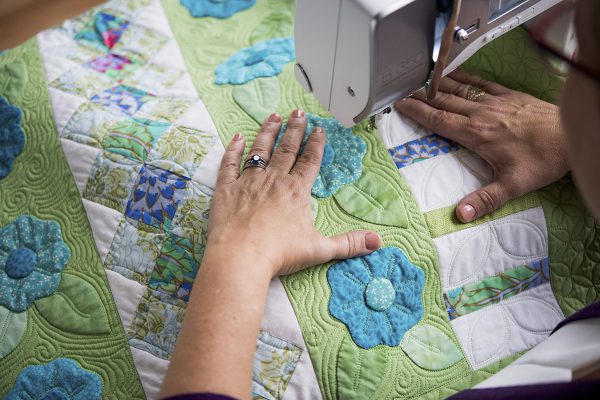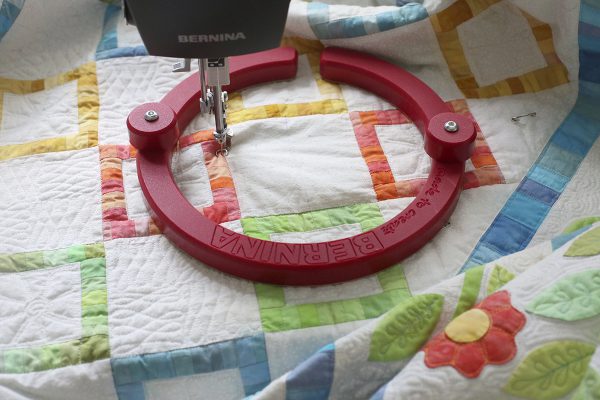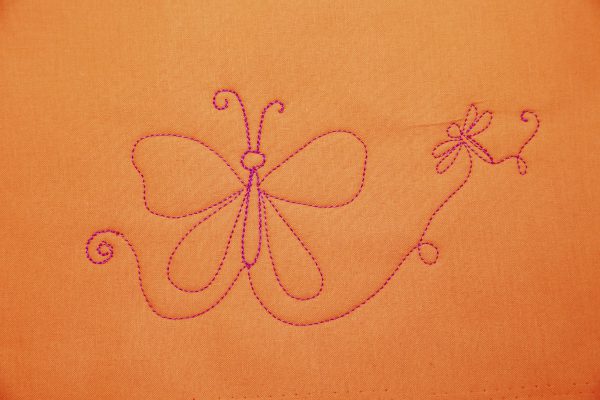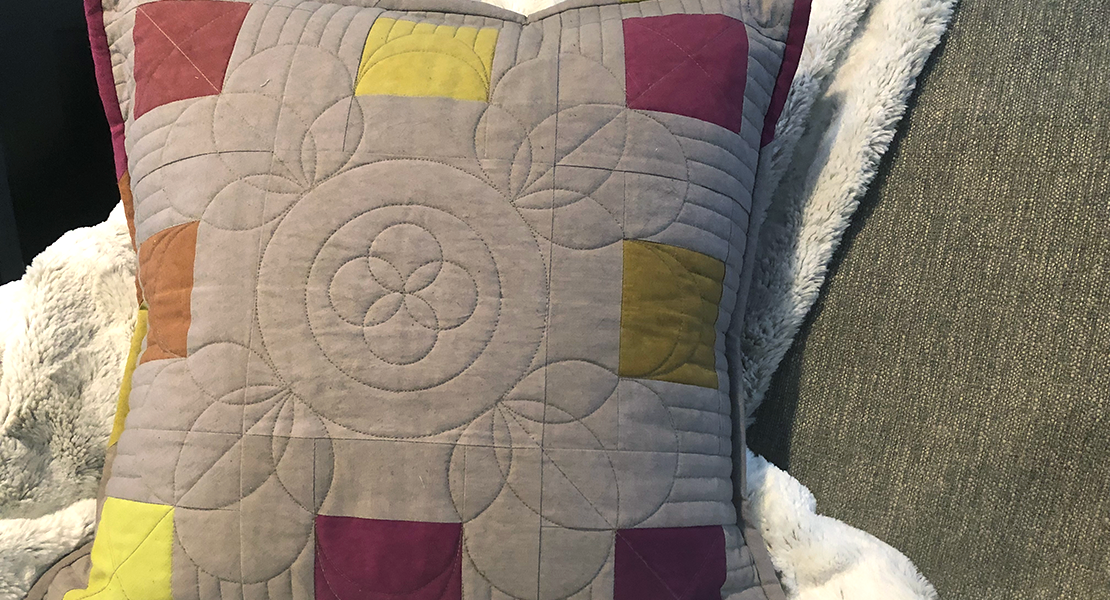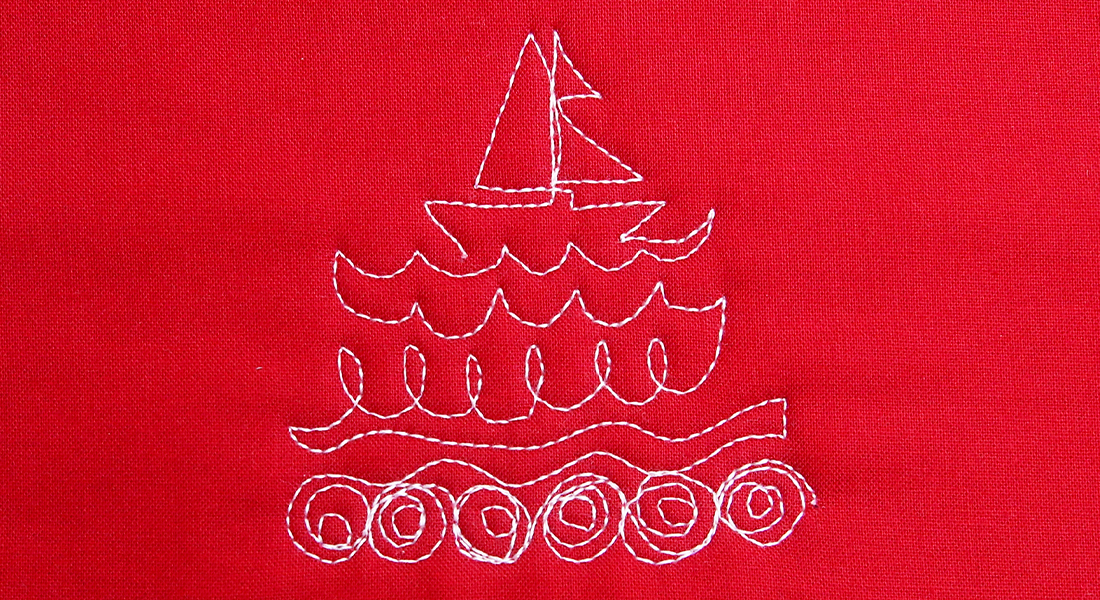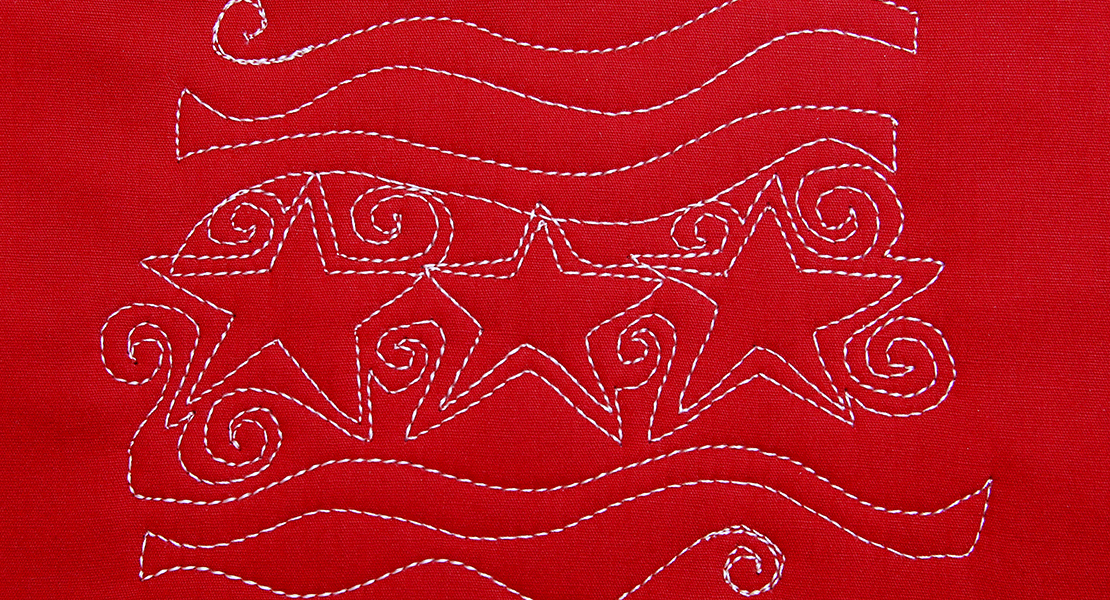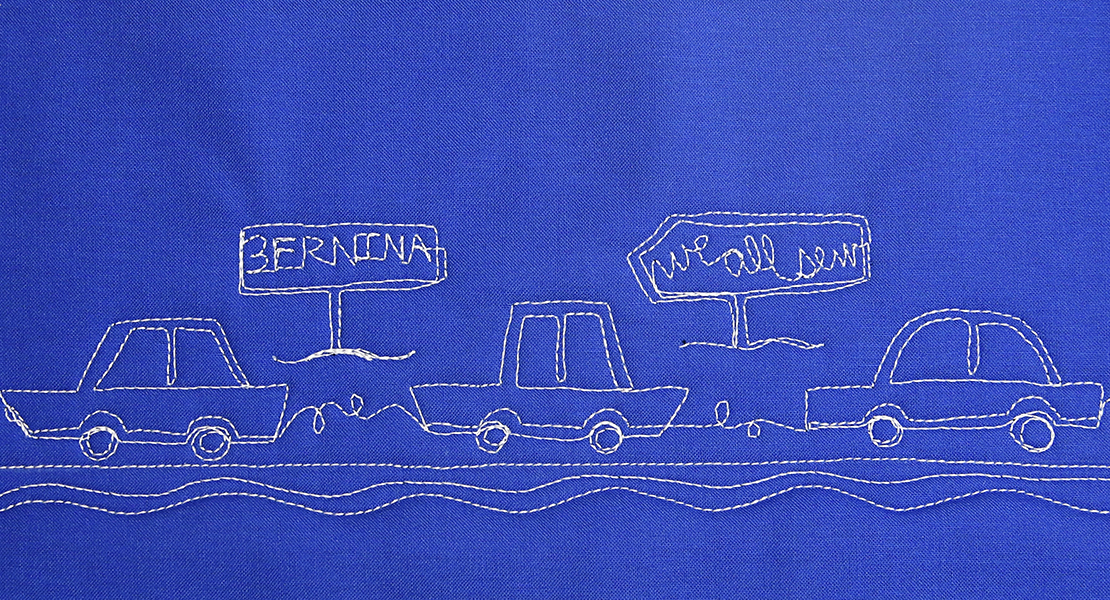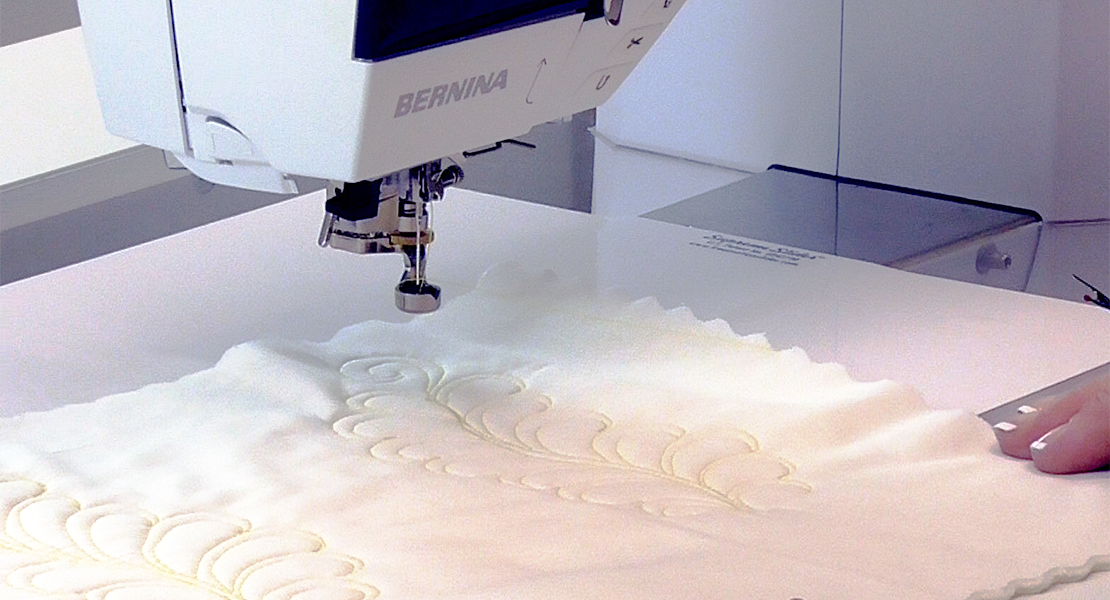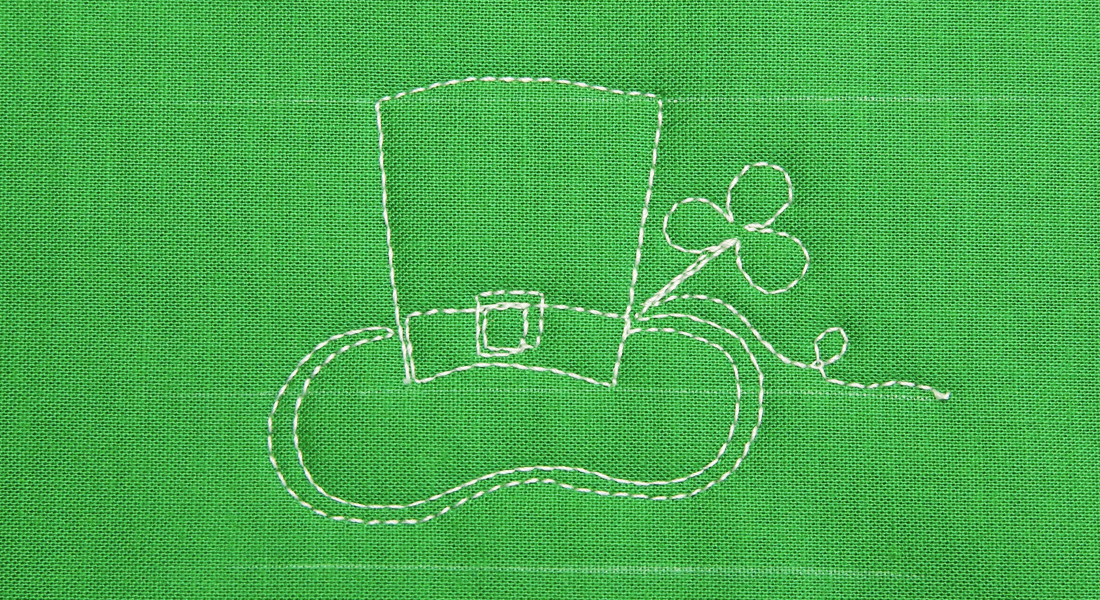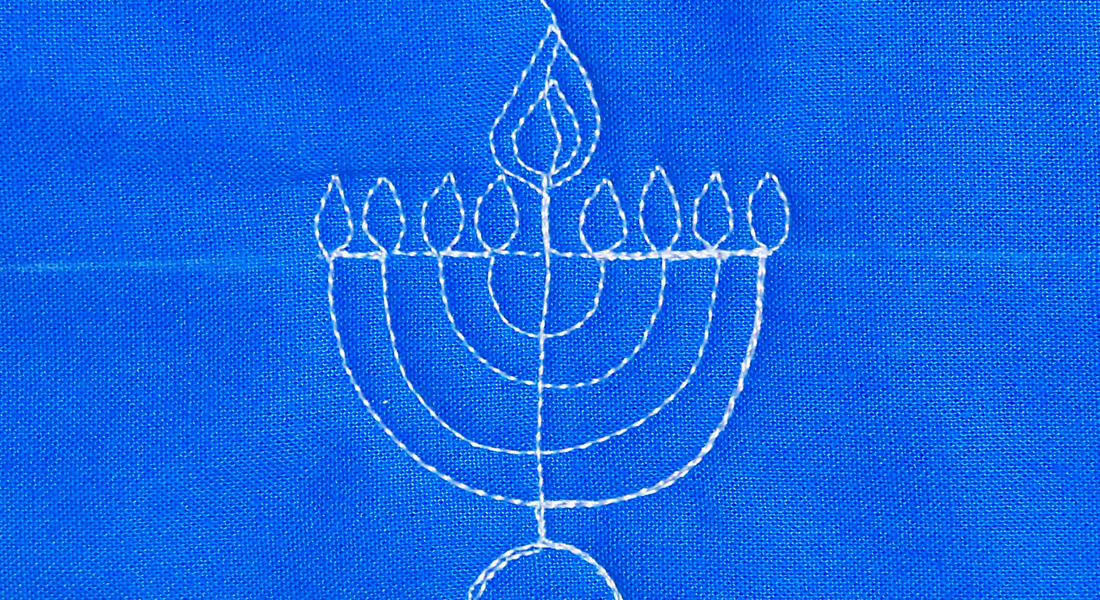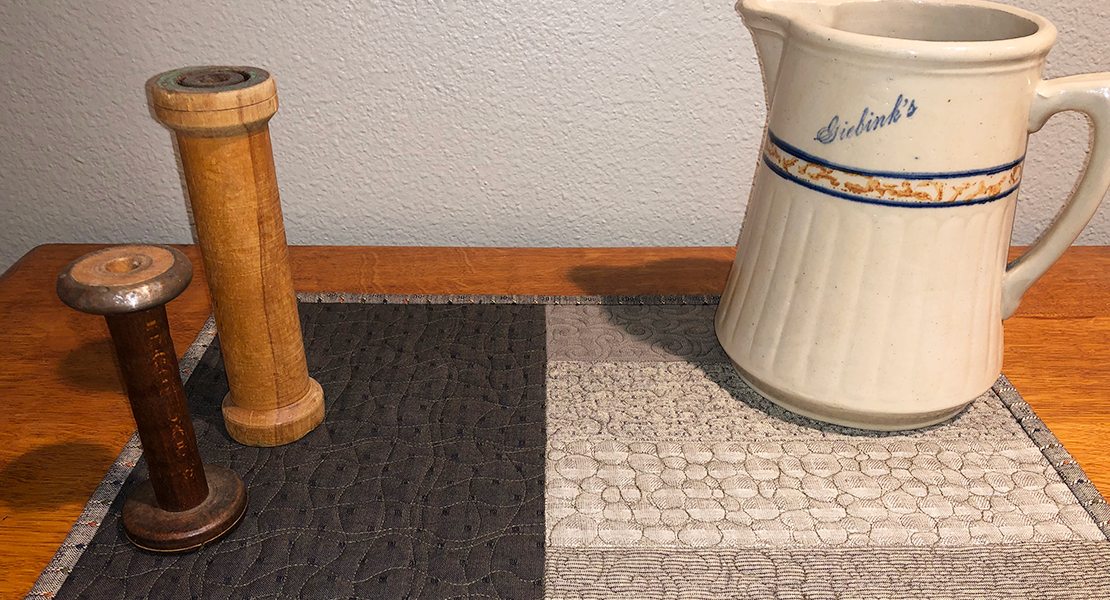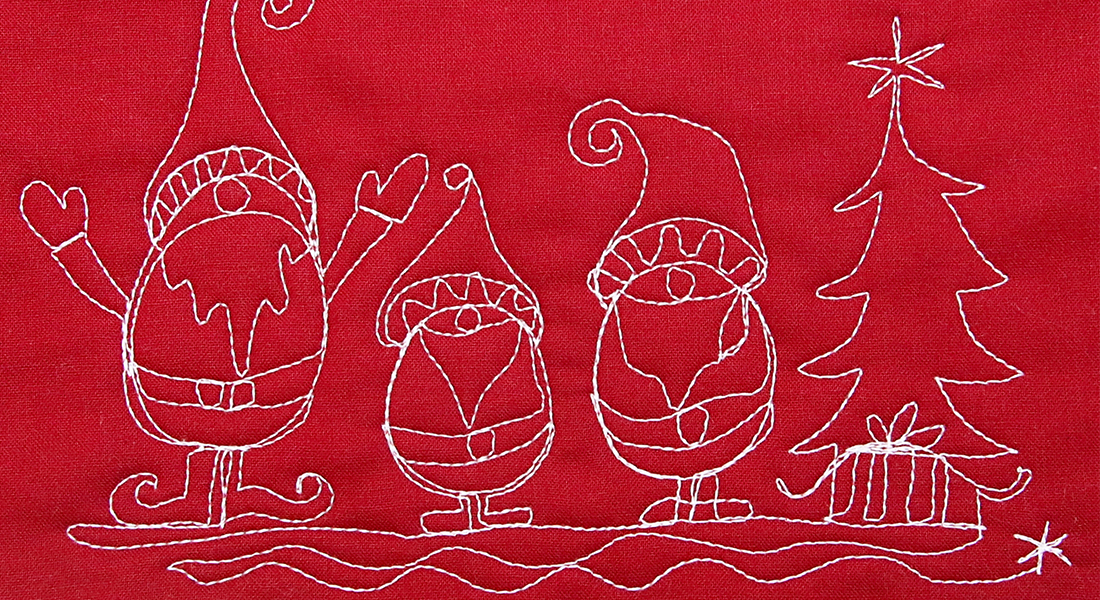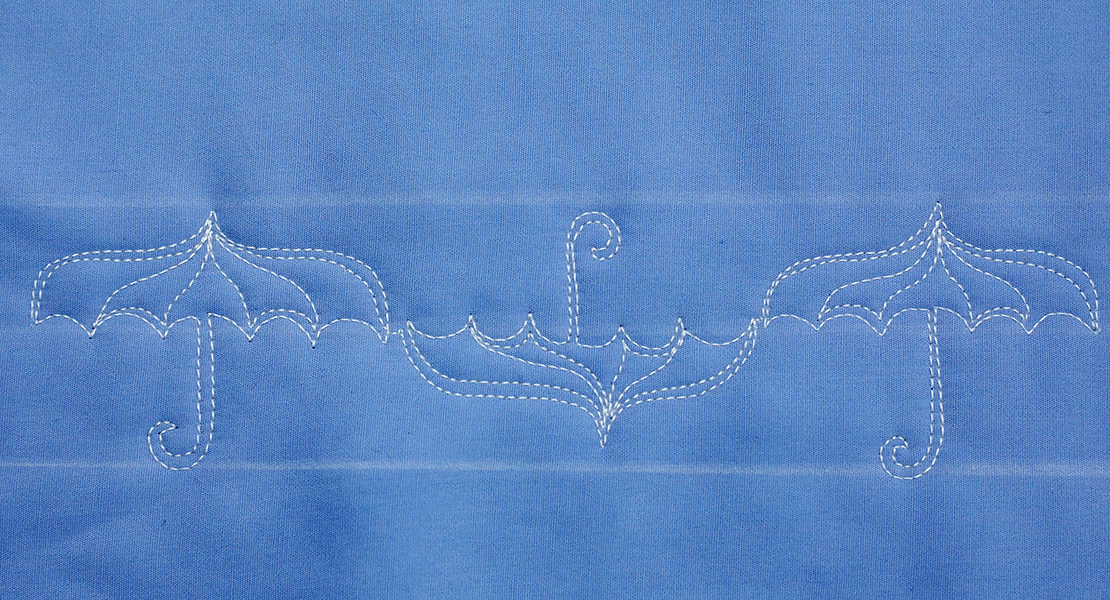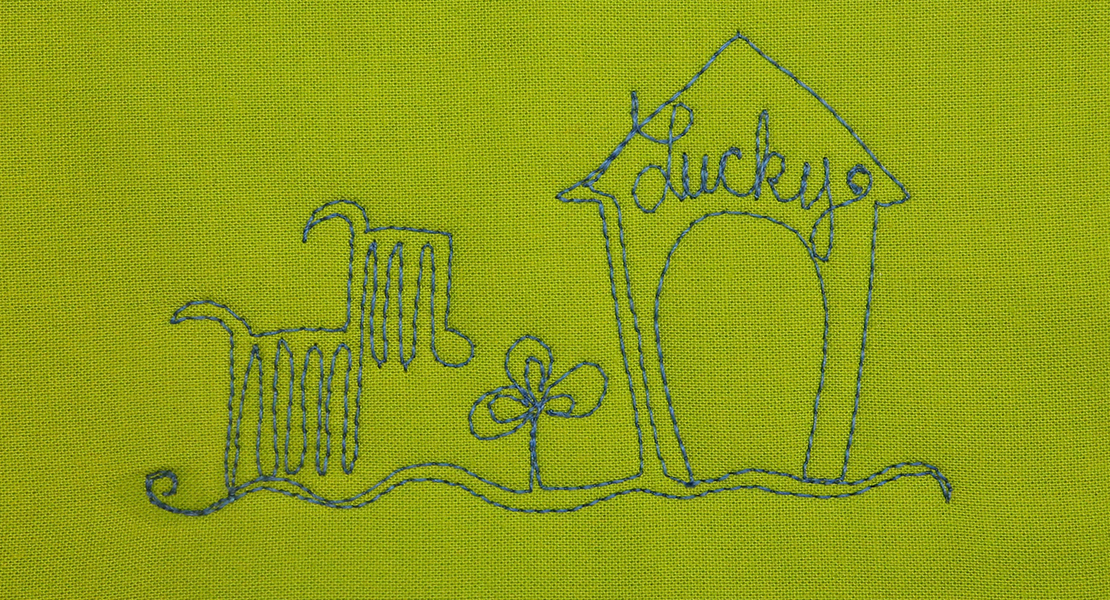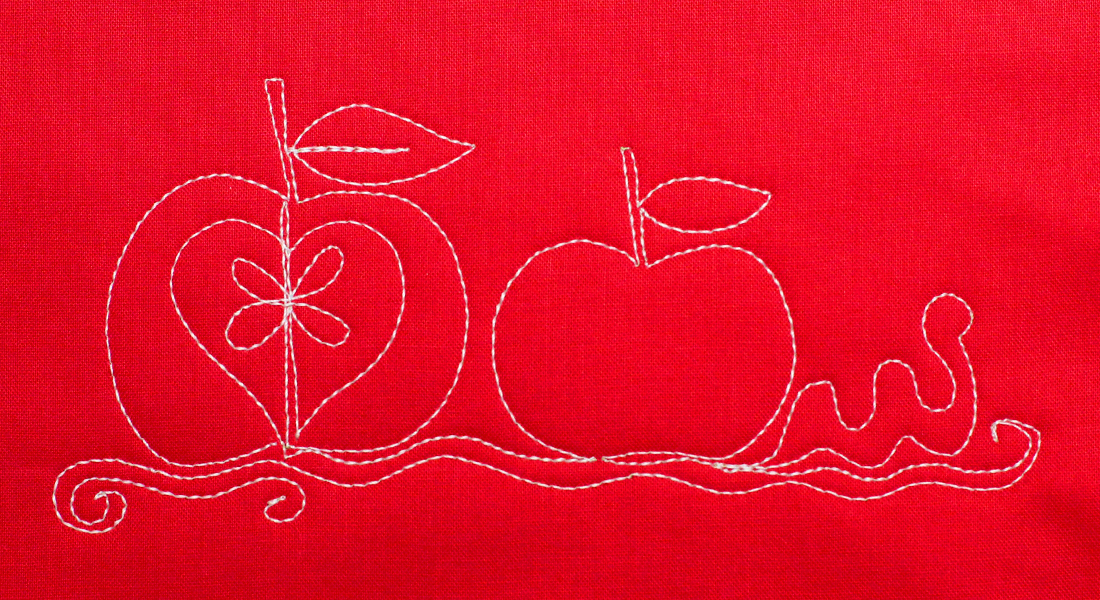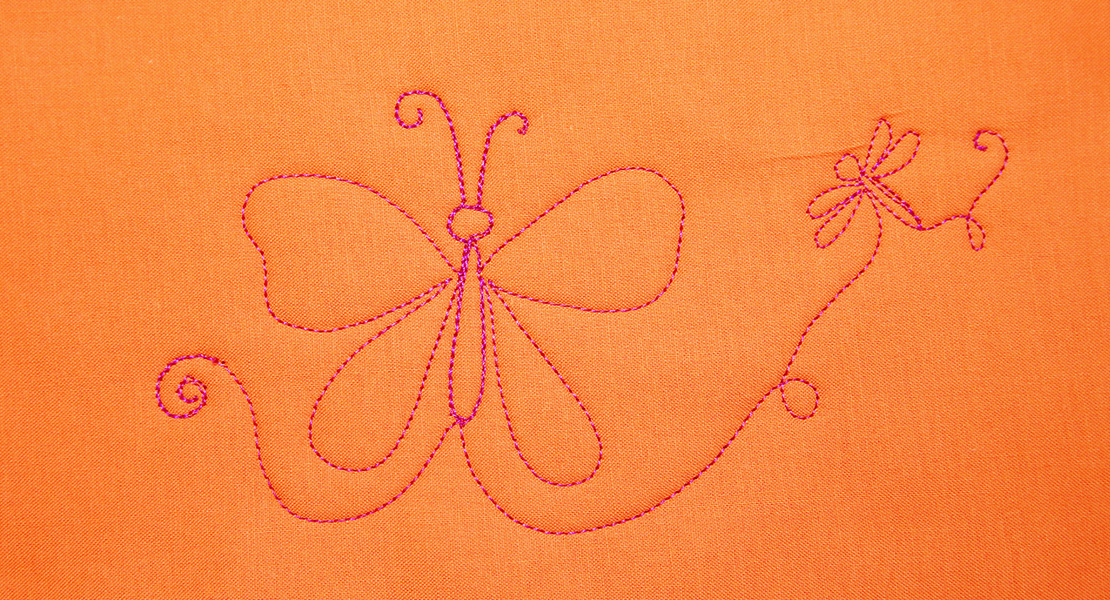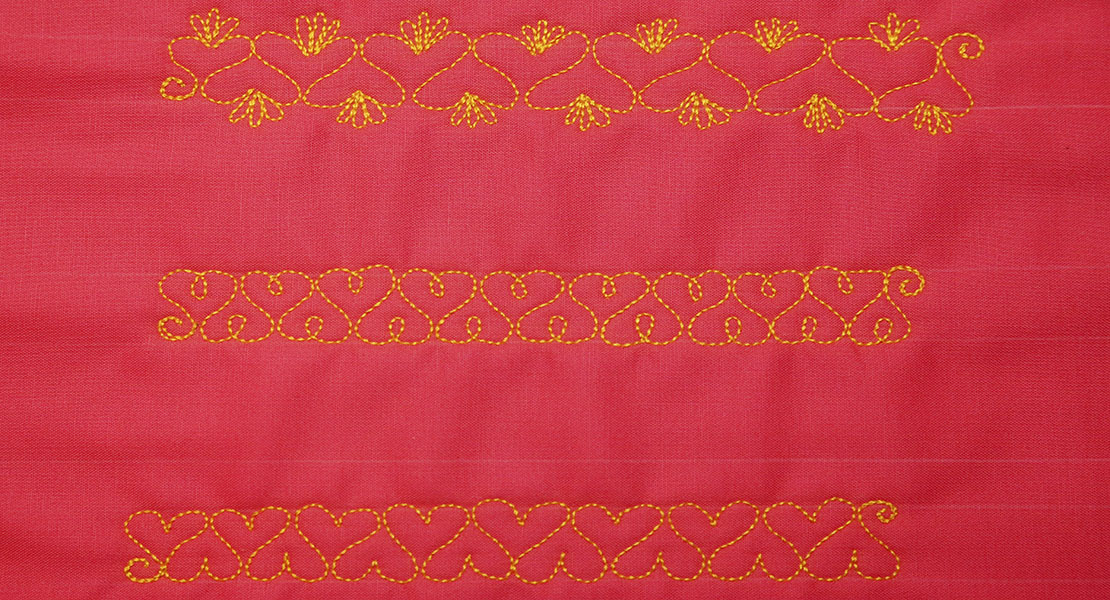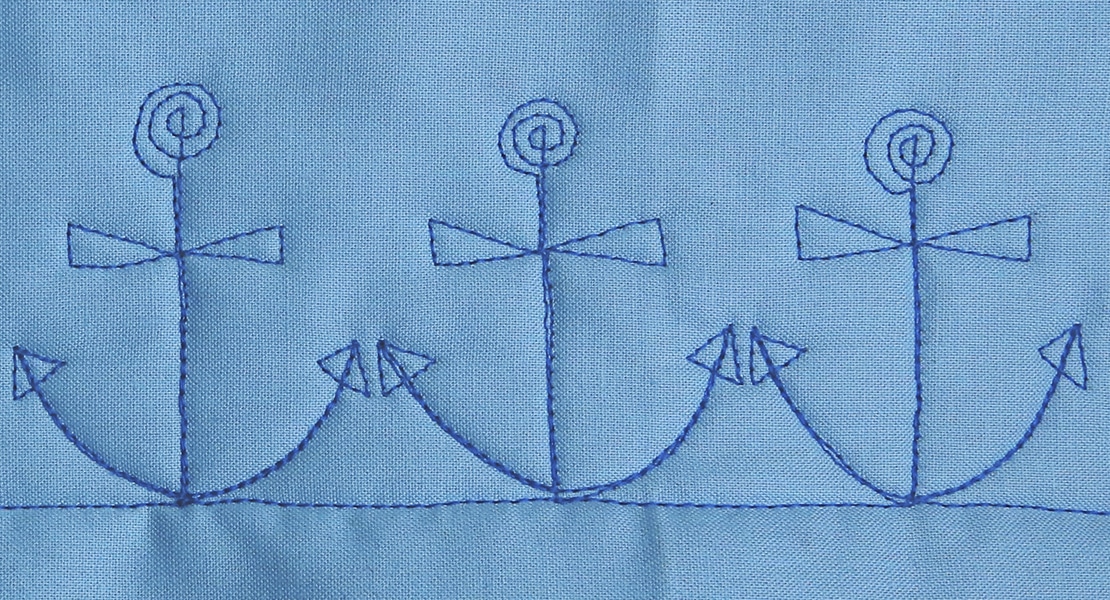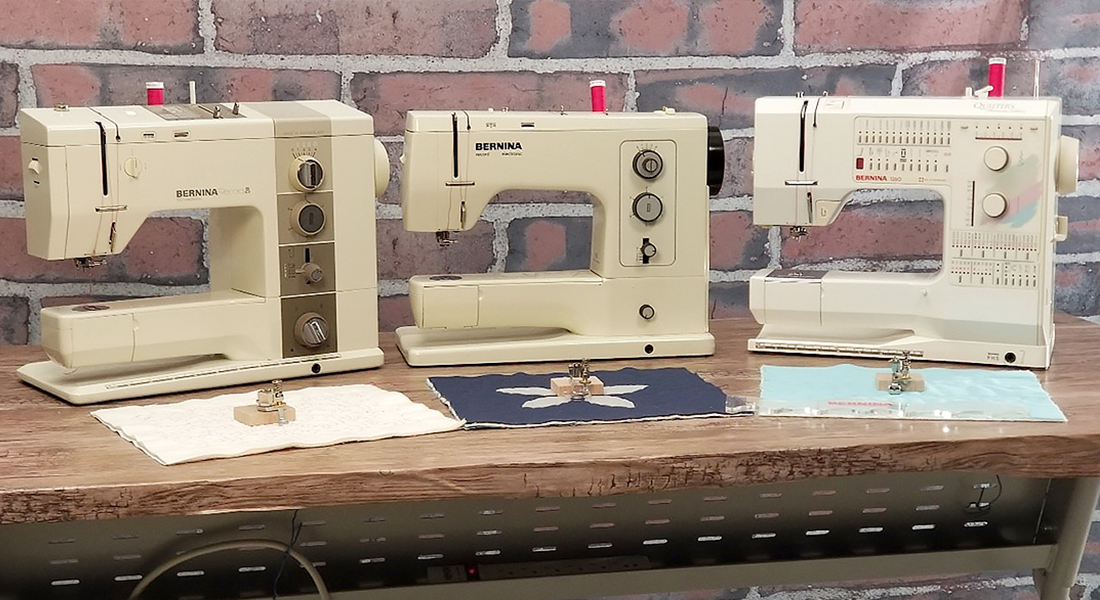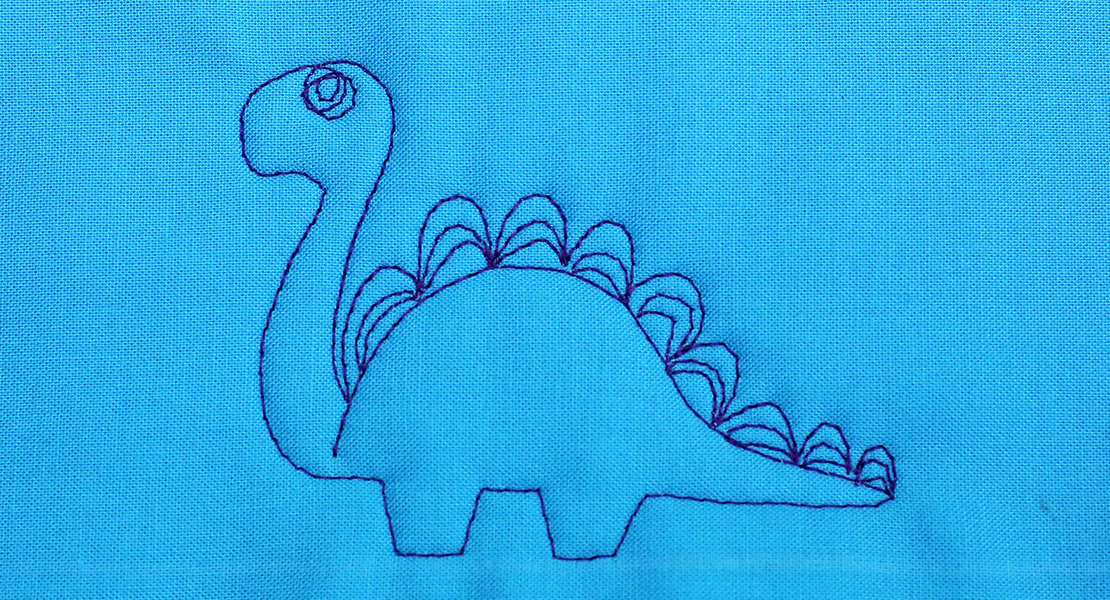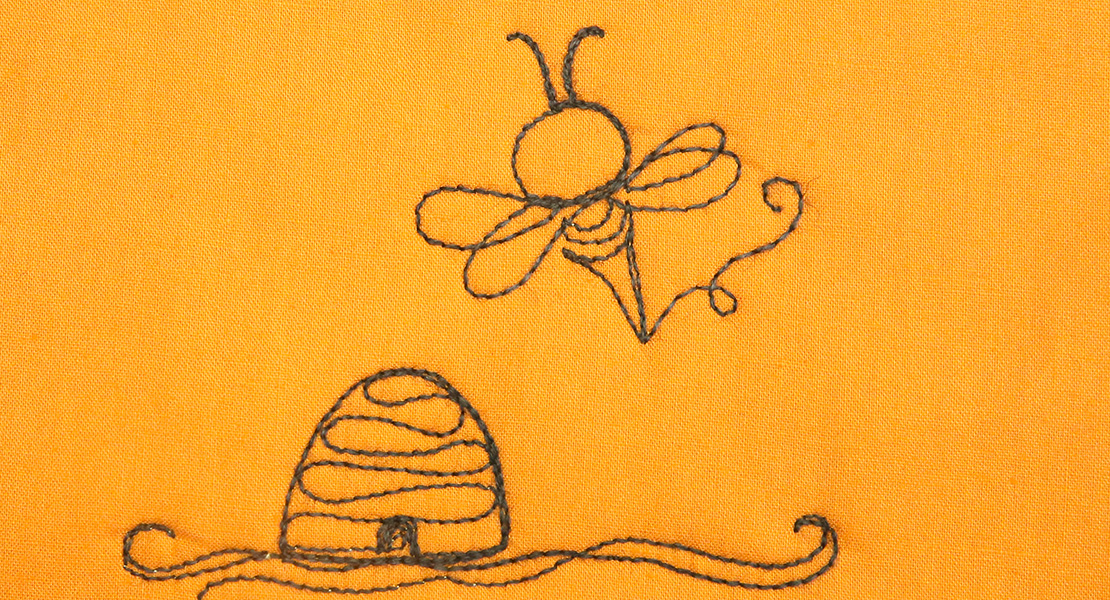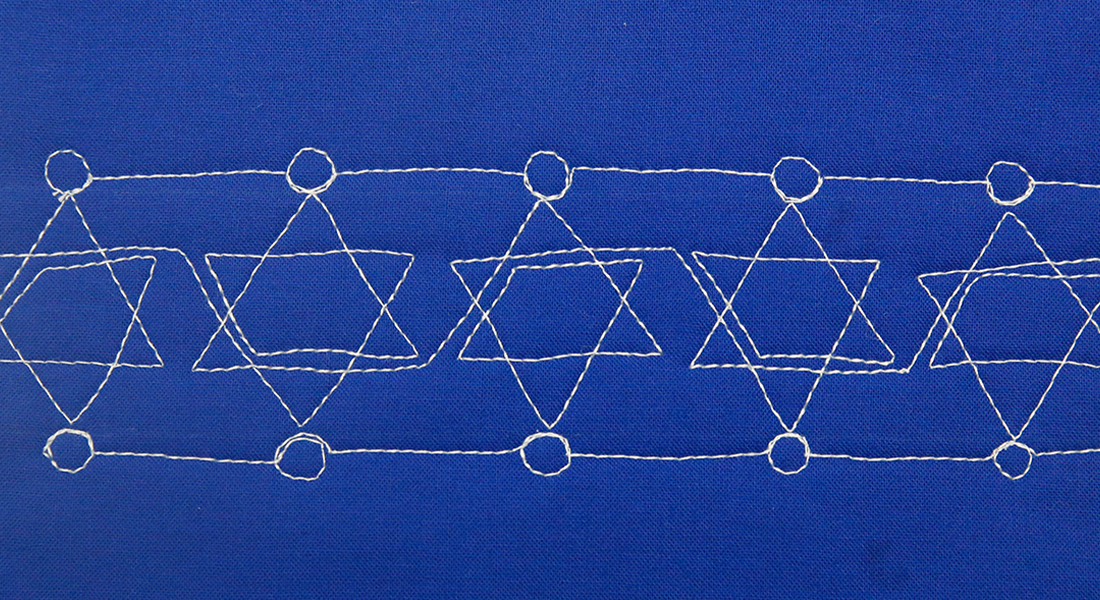Hand Position and Gripping Options for Free-motion Quilting
Hand Position and Gripping Options
Welcome back to our Learn to Free Motion Quilt series. I’m Lori Kennedy, author of 25 Days to Better Machine Quilting
In our first lesson, Getting Started, we covered the basics of free motion quilting including:
- Machine set up in five steps
- Creating a quick quilt sandwich
- How to bring up the bobbin thread and create a simple beginning knot
In this lesson, we will practice good hand position, review several options for gripping the quilt, and consider ways to help the quilt move smoothly under the needle.
Why Hand Position and Grip are Important
In free-motion quilting, the feed dogs, which normally control the direction of stitching, are disengaged. This allows us the freedom to move the quilt in any direction. However, we must maintain control of the quilt in order to create smooth lines and complex designs. Controlling the quilt while free motion quilting requires three things:
- Your hands don’t slip
- You only quilt within your area of control
- The quilt moves smoothly
Options for Gripping the Quilt
There are many options for gripping the quilt while free motion quilting. While many quilters love gloves, some of us prefer other gripping aids. Experiment with different options to see which works best for you. For example, I often quilt without any aid. However, if my hands are tired, I like to use a hoop or discs, and if my quilt is very large, I like BERNINA’s Gripper Rings.
Quilting Gloves
Quilting gloves have coated fingertips which help grip the quilt. Gloves are available in a wide assortment of styles and fabrics. Some brands leave the index and thumb free for threading and knotting. My favorite gloves are from SwanAmity.com. The fabric is breathable and the gloves provide slight compression for added comfort while quilting.
Quilting Hoops
Quilting hoops sit on top of the quilt (unlike embroidery hoops). The bottom of the hoop is textured to provide grip. BERNINA’s Gripper Rings are weighted to help control the drag of a large quilt. Look for a hoop that feels comfortable for your hands and that fits on your quilting surface. If you quilt on a small surface, a hoop may not fit. Also, avoid full circle quilting hoops. Look for rings with an opening that allows you to remove the ring without cutting your thread.
Quilting Discs/Paddles
Quilting discs like Grip & Stitch from Clever Craft Tools, are soft pads that help grip the quilt without the need for gloves. Martelli Enterprises offers Quilt Paddles with a firm surface and heavier weight. The surface grips the quilt and allows you to move the quilt in any direction. They can be held in one hand or two.
Other Gripping Options
Any product that reduces slip on your fingers may be used for free-motion quilting. Be creative! Nonslip shelf liners, rubber gloves, and even some hand lotions may help.
Hand Position
When you are not using a quilting hoop, your hand position will create a hoop to control the quilt. Place your hands in a heart-shaped position with your thumbs 1-2 inches apart and your index fingers facing inward. This is your “home” position and the area of the quilt where the quilting line is well controlled. Press down slightly with your fingertips and thumbs and move the quilt to the left and right and up and down to stitch the design.
Stop and Needle Down
When you are ready to stitch outside of the home position, stop with the needle down and move your hands to a new home position to begin quilting again.
If you try to stitch outside of the home area or move your hands while stitching, you will have less control of the quilt. You will be less likely to create a smooth quilting line.
Quilt Glide
In order to control the quilting line, it is also important for the quilt to move smoothly. Be sure the quilt is well supported and not dragging over the edge of the quilt table. When working on a large quilt, move your quilt table into the corner of a room to prevent the quilt from dropping off the table. Place an ironing board or other table nearby for more support.
Teflon sheets like the Supreme Slider may be attached to the sewing machine table and are very helpful to reduce friction and improve quilt glide.
Another way to improve quilt glide is to starch and press the quilt backing fabric.
Experiment and Practice!
The BEST way to learn to free-motion quilt is to quilt! For this lesson, practice free motion quilting on several quick quilt sandwiches. Quilt with gloves, then try quilting with only one glove. Try quilting with a hoop then with a disc. How does hand lotion help your quilting?
Does your quilt move smoothly? Try starching your backing fabric and see if that helps the quilt slide.
Take a road trip to your BERNINA dealer and try the BERNINA Gripper Rings, the Supreme Slider and while you’re there — pick up a new spool of thread!
Fun Motifs
The reason quilting is fun — the motifs!
If you’re a beginner, try Fast and Easy Quilting Fills
If you’re ready for a challenge, try Butterflies, The Busy Bee or Ice Cream Cones
And check out my step-by-step motif books, Free Motion Machine Quilting 1-2-3 and More Free Motion 1-2-3!
In the next Learn to Free Motion Quilt lesson, we will have fun with Thread and Needles!
Until then, have fun quilting!
Lori
